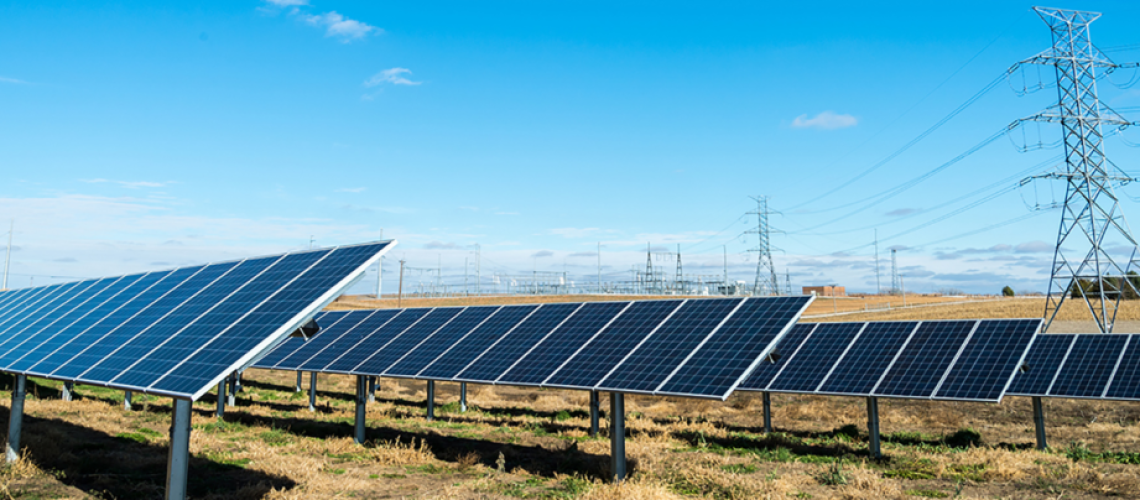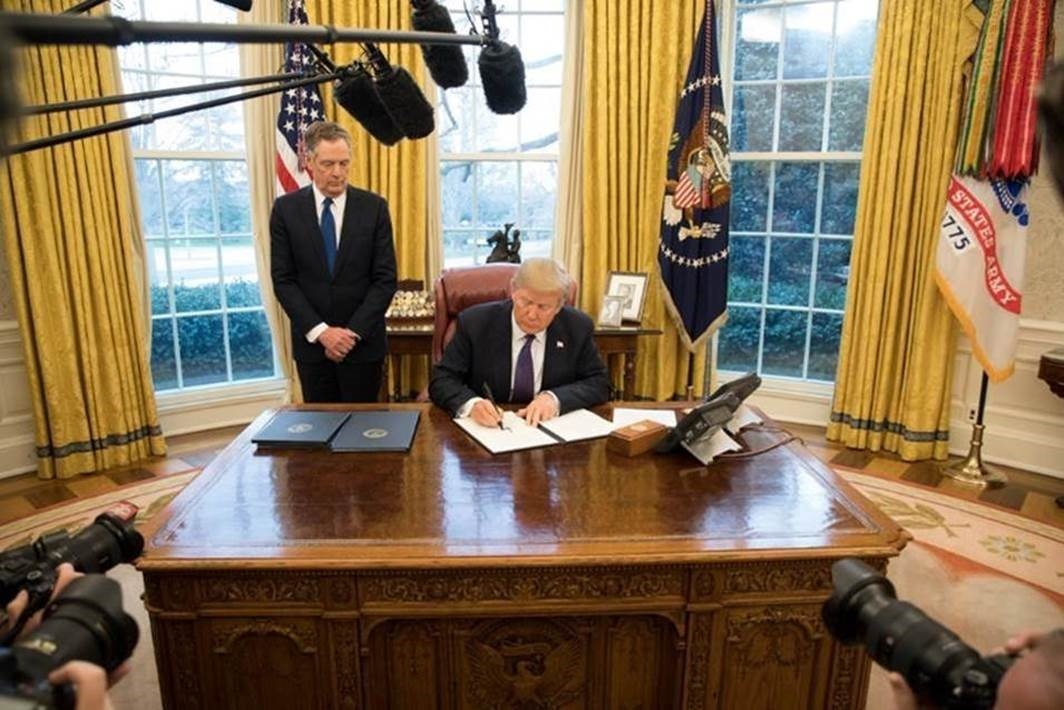Transmission and energy storage limitations are leading to wasted renewable energy.
The Energy Information Administration (EIA) reported that the Electric Reliability Council of Texas (ERCOT) curtailed 5% of its wind generation and 9% of its solar generation in 2022.
Power curtailment is the deliberate reduction in output that otherwise could have been produced. It typically occurs when supply exceeds demand and wholesale power prices drop to zero or even negative. It is a common occurrence for solar and wind energy, as these technologies have intermittent cycles of generation, requiring a different set of engineering solutions to support them.
Two main constraints in Texas are leading to high levels of curtailment: lack of transmission and energy storage. Utility-scale Texas solar facilities are often built in the western part of the state, where land is less expensive and solar irradiance is higher. Much of this huge amount of generation is transmitted to cities in the east, passing through bottlenecks in the grid along the way.
Constraints in transmission can be alleviated in four ways. First, more transmission can be built, leading to less bottlenecks in the grid. However, this task is not inexpensive. Currently, there are $7.46 billion of future transmission improvement projects that are expected to be put into service between 2022 and the end of 2027, according to ERCOT. These costs will be passed on to home and business owners in the form of utility bill increases.
A second strategy to alleviate constraints and cut curtailments is the installation of energy storage. Storage facilities can “time shift” or store low-cost, off-peak energy, and discharge it during periods of high demand. Battery energy storage can provide additional support to electricity grids to manage demand through ancillary services, managing load, congestion, and resiliency services. At the 2022 RE+ conference in San Antonio, solar and storage developer 8minute Energy shared that 95% of revenues in a two-hour duration battery occur in the first hour of discharge in Texas.
A third method that is discussed less often in the booming utility-scale state of Texas is a more conscious choice of where to site projects and how to right-size them for the most benefit. Rather than building massive low-cost solar facilities that deliver lowered value and require billions in transmission upgrades, solar projects can be installed in a distributed fashion, bringing them closer to where the energy is in demand.
This allows generation to be installed at the distribution level, sending electricity over shorter distances and lowering line losses. It also alleviates the congested transmission superhighway, creating a more dynamic grid. This is especially true when distributed solar is installed with co-located energy storage, which enables revenue-creating demand response services and virtual power plants.
As a fourth strategy, at times of “surplus” renewable generation, customers with flexible demand for electricity can use more electricity that would otherwise be curtailed.
In a grid the size of Texas, at 15% renewable generation flexible demand could yield $3.3 billion in annual net savings for all consumers, including those with non-flexible demand, says the ESIG report by Michael Hogan, citing a Pacific Northwest National Laboratory study.
About 80% of cost reductions yielding those annual savings would result from avoided costs of investing in infrastructure—generation capacity, transmission and distribution hardware.
With increasing adoption of “inherently flexible loads” such as EVs and heat pumps, there is a growing potential for price-responsive demand, according to the report. To avoid unnecessary infrastructure investments and capture the cost savings, the ESIG calls for progressively assessing and incorporating expected demand elasticity into long-term capacity planning and procurement, at both the bulk system and distribution levels, among other measures.
The constraint problem in Texas will likely need to be solved in a combination of all three strategies. EIA projects that if no improvements are made to the ERCOT grid, curtailments of wind could reach 15% and solar as high as 19%.
About 64% of the wind and solar curtailments in EIA analysis occurred when the energy supply from high wind and solar resources outpaced low system electricity demand. An increase in demand, such as through battery charging, could potentially reduce these types of curtailments, said EIA.
Learn more from EIA’s case study of transmission limits on renewables growth in Texas.





